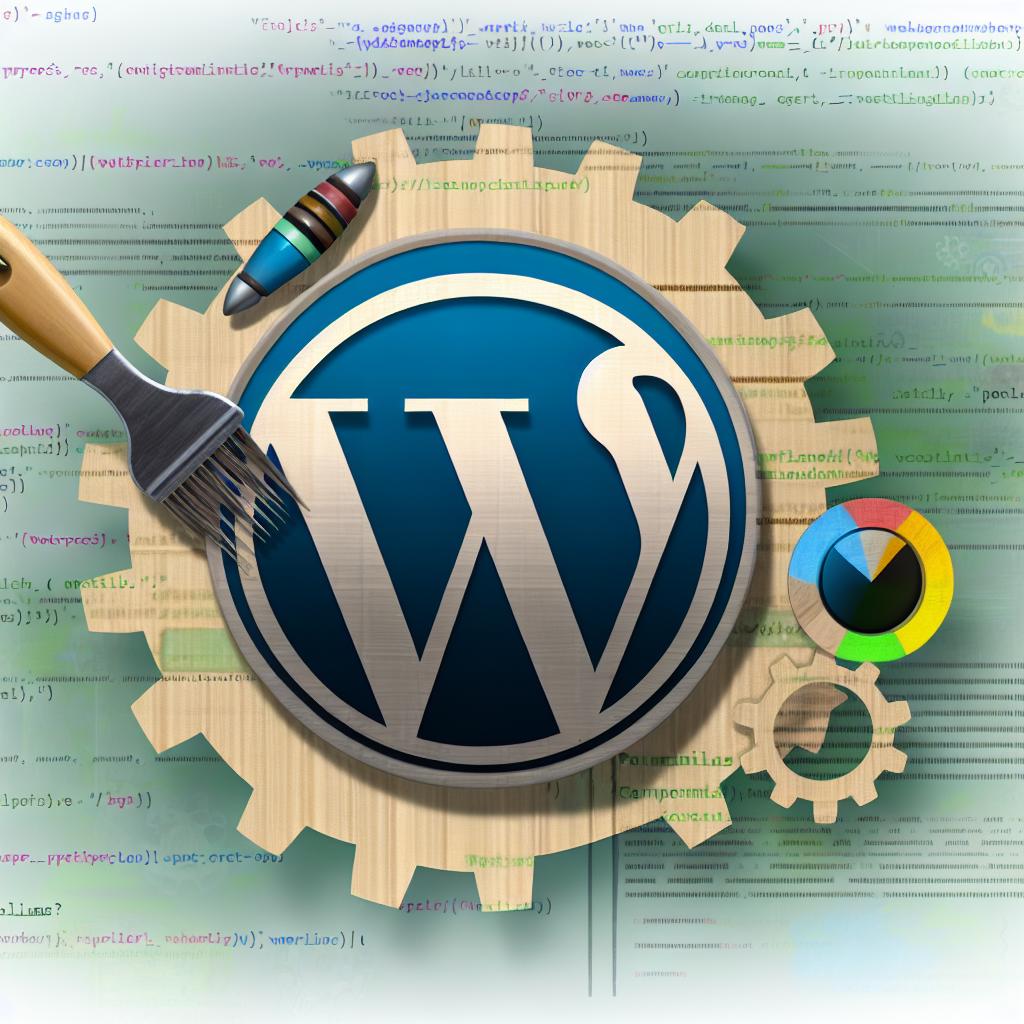Understanding WordPress Permalinks
In the realm of content management, WordPress permalinks play a pivotal role when it comes to structuring URLs for your website. A permalink is a URL that directs users to a specific page or post on your site. These permalinks are essential for search engine optimization (SEO) and user experience, as they provide a clear and static web address that users and search engines can use to locate content easily.
The Default Structure of WordPress Permalinks
When a new WordPress website is set up, it comes with a default permalink structure. This default setting often includes elements such as post IDs or dates, which may not be the most descriptive format for visitors or search engines. For example, a default URL might look like this: www.example.com/?p=123. While this URL is functional and performs the basic task of directing users to content, it does not provide any indication of the content’s nature or topic.
Benefits of Customizing Permalinks
Customizing permalinks in WordPress can significantly enhance the navigability and SEO value of your website. By using descriptive URLs, you can improve search engine rankings by embedding relevant keywords, thereby making it easier for users to discern the content’s subject matter without visiting the page. For example, a URL such as www.example.com/best-wordpress-plugins is far more informative than the default option, offering a clear indication of what users can expect to find.
Steps to Customize WordPress Permalinks
To embark on customizing permalinks in WordPress, you should start by navigating to the dashboard and selecting Settings. From there, click on Permalinks. In this section, you’ll discover several options:
Creating a Custom Structure
For more advanced users, crafting a custom permalink structure provides both flexibility and greater control over your URLs. WordPress supports various placeholder tags that can be incorporated into permalinks to create a coherent structure that aligns with the nature of your content. Some of the tags that can be utilized include:
Employing these tags together allows for the creation of a custom URL structure tailored to your content’s nature and frequency. An example of such a custom permalink could be: /category/%category%/%postname%. This format provides both context and specificity, helping users and search engines understand the content’s focus.
Understanding and customizing WordPress permalinks is crucial for optimizing your website’s structure to benefit both users and search engines. Well-structured permalinks improve user experience by providing clear, descriptive URLs and can significantly boost SEO by highlighting keywords and context. In addition, customizing permalinks allows for greater flexibility in organizing content, which results in a more intuitive navigation system for users.
For those who wish to delve deeper into the realm of permalinks and uncover more nuances and configuration options, WordPress offers extensive documentation. This resource can provide comprehensive guidance, enabling users to further refine their permalink strategy to suit their specific content and audience needs.
In conclusion, permalinks are a foundational element of any WordPress site, affecting everything from SEO to user engagement. A thoughtful approach to configuring permalinks can yield notable benefits, enhancing both the visibility and accessibility of your website. As with many aspects of website management, ongoing evaluation and adjustment may be necessary to ensure that your permalink structure continues to support your site’s goals effectively. Each decision made about permalink customization has the potential to contribute to the broader success and impact of your online presence, making it a consideration worthy of careful planning and execution.
